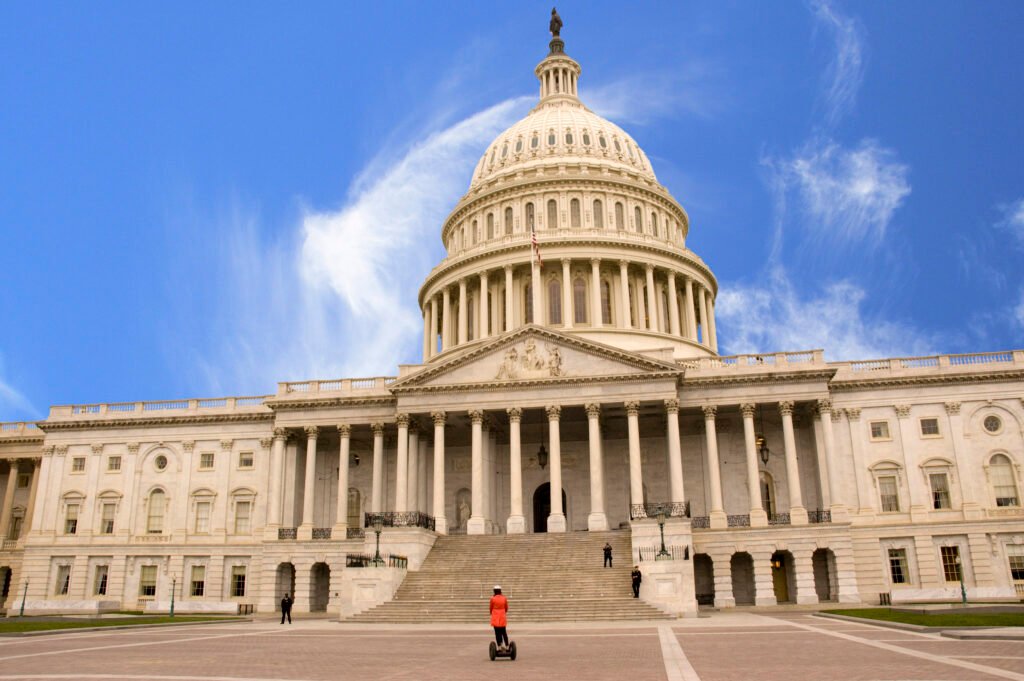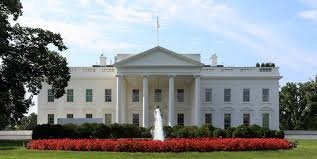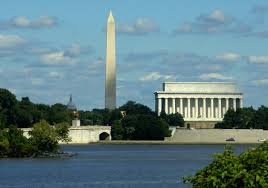How do landmarks in Washington, D.C., influence civic traditions and ceremonies?
Washington, D.C., the capital of the United States, is not just the seat of government but a city steeped in political history, symbolism, and tradition. Its monuments are much more than incredible pieces of architecture; they are living buildings and the wellspring of civic traditions and national ceremonies, where the fabric of the nation is informed and preserved by democratic ideals.
The U.S. Capitol: The Center of Democracy
The U.S. Capitol may be the most significant landmark in terms of civic traditions. It is where the presidential inaugurations are held with a new president taking an oath of office in front of the nation and the world. It is also where the State of the Union Address happens and it is where prominent leaders lie in state for funeral rites. All of the above are connected closely to the practice of democracy and represent the peaceful transfer of power, which is one of the defining American traditions.

The White House: An Icon of Leadership
The White House, the home and workplace of the President, is often the heart of civic rituals. Traditions such as the annual Easter Egg Roll, the annual Thanksgiving turkey pardoning, and holiday celebrations all serve to connect citizens with their leaders and their communities. The White House is also the setting for significant speeches and events that impact public life, for example, national moments of mourning or national moments of celebration.

The National Mall: America’s Civic Stage
The National Mall, located between the US Capitol and the Lincoln Memorial, is considered by many to be the “front yard” of the United States. It is the stage for some of the largest civic events in the nation, for example Martin Luther King Jr. delivered his “I Have a Dream” speech on the steps of the Lincoln Memorial, and there are many annual Fourth of July celebrations on the mall. The Mall is also the site of protests, rallies, and commemorative marches that fall under its democratic practices like citizens exercising their right to assembly.

Commemoration and Monuments: Honoring Legacy and Solidarity
Monuments in Washington, D.C. serve as focal points for civic ceremonies to remember past heroic acts and present heroic acts. The Lincoln Memorial has hosted vigils, concerts, and civil rights rallies. The World War II Memorial, Vietnam Veterans Memorial, and Korean War Memorial have hosted solemn ceremonies on Memorial Day and Veterans Day, where wreath-laying rituals and commemorative speeches honor service members who sacrificed their lives for fellow citizens. Monuments serve to cement traditions of commemoration and memory. These monuments intersect with civic action and civic duty, keeping history alive in the public context.
Arlington National Cemetery: Rituals of Respect
Although Arlington National Cemetery is technically located across the Potomac River, it is central to the civic identity of D.C. The Tomb of the Unknown Soldier with it’s daily Changing of the Guard ceremony provides a ritual of respect. National Memorial Day ceremonies at Arlington are attended by the President of the United States and represent a strong sense of sacrifice and patriotism, which significantly shape civic traditions of honoring the deceased in the wake of war.
Conclusion
In our experience, landmarks in Washington, D.C., represent not frozen monuments, but animated symbols of civic traditions and ceremonies central to American democracy. From presidential inaugurations at the Capitol to public marches at the National Mall, these sites have significance in the American ideals of freedom, connection, and remembrance. While D.C.’s landmarks are durable, their role in civic life and connecting people to the nation’s democratic past are living legacies.
